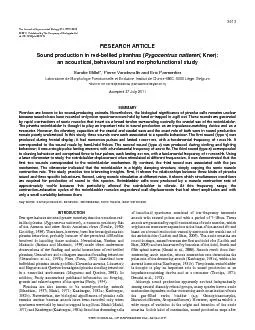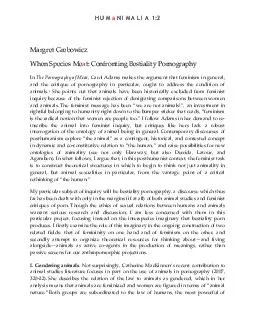PDF-INTRODUCTIONFew species have attracted greater notoriety than the vora
Author : debby-jeon | Published Date : 2017-03-04
3613 RESEARCH ARTICLESound production in redbellied piranhas THE JOURNAL OF EXPERIMENTAL BIOLOGY 3614 whichthe bladder windowThe following temporal and spectral
Presentation Embed Code
Download Presentation
Download Presentation The PPT/PDF document "INTRODUCTIONFew species have attracted g..." is the property of its rightful owner. Permission is granted to download and print the materials on this website for personal, non-commercial use only, and to display it on your personal computer provided you do not modify the materials and that you retain all copyright notices contained in the materials. By downloading content from our website, you accept the terms of this agreement.
INTRODUCTIONFew species have attracted greater notoriety than the vora: Transcript
Download Rules Of Document
"INTRODUCTIONFew species have attracted greater notoriety than the vora"The content belongs to its owner. You may download and print it for personal use, without modification, and keep all copyright notices. By downloading, you agree to these terms.
Related Documents














